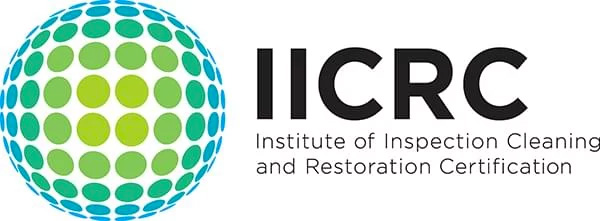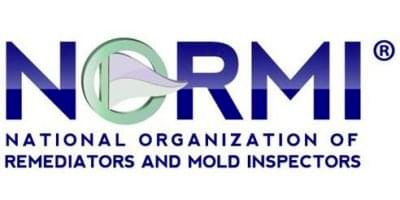Asbestos Vs Mold: What's The Difference?
As most homeowners are aware, a common topic regarding the risks for properties is toxins, specifically mold and asbestos. They are known for posing health hazards to those who live in the house and even the structure of the house itself.
Despite often being grouped together when talked about, mold and asbestos are not similar. The processes involved in the removal of these things are different, and so is their formation.
This article covers the key difference between these two substances. Since the removal of mold and/or asbestos is crucial, we’ll also be describing the steps to apply in ensuring that your home is free from contaminants.
What Is Mold?
Mold is a fungus that can be found both outdoors and indoors. While there is the common assumption that the problem is confined to damp or excessively humid conditions, mold can actually thrive in various conditions. In fact, one of the main reasons that mold is such a difficult problem to prevent is because it grows at such low levels of moisture.
Mold is crucial in breaking down dead organic matter and turning it into nutrients for other living organisms. While some types of mold are harmless, others can be dangerous if people live in proximity to it or if it grows in unwanted places.
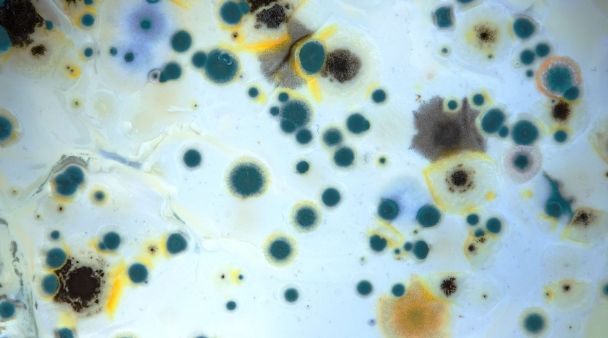
Spores are released by mold that poses health threats, especially to those with allergies, the elderly, and children. You should schedule a mold inspection if you experience the following signs and symptoms:
- Respiratory problems
- Skin irritation
- Immune system reactions (allergy)
- Unusual headaches and dizziness
- Itchy and runny eyes
If you or anyone you know has these symptoms intensely whenever they enter the building but the situation improves after they leave, then you should check for the growth of mold. These symptoms are often worse during cold seasons due to the prolonged stays at home and the limited access to fresh air.
The discovery of mold often signifies moisture build-up due to a water leak or water damage. So, in addition to helping with the mold problem, mold experts can help you discover an annoying water leak that could be aiding in the mold growth in your house or business.
If you suspect you have a mold issue, note that scheduling a professional mold inspection and testing should always precede its removal. Not all mold growth can be identified visually. Professional testing may indicate growth in basements, attics, crawl spaces, beneath floorboards, or behind drywall which are all hard-to-see areas.
Professional mold experts have the appropriate tools, techniques, and experience for revealing the most stubborn mold colonies and advising on measures for keeping your surface free from this unwanted growth.
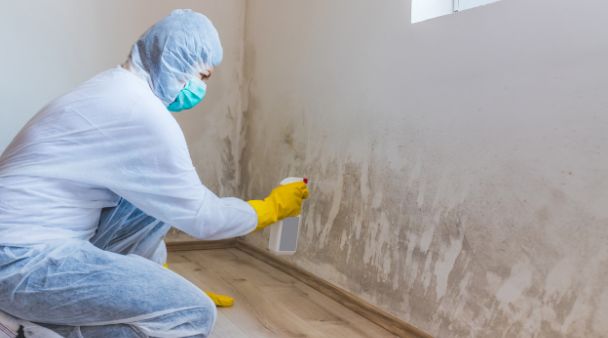
With Markham Services, every inspection assignment is thoroughly monitored and carried out by a qualified Certified Mold Inspector who is dedicated to upholding the highest standards of expertise and practice in the inspection field.
What Is Asbestos?
Asbestos is a naturally occurring mineral fiber. This element is fire-resistant and so it was previously used extensively in construction projects. In fact, before 1980, asbestos was used in the construction of building insulation, drywall, and the manufacturing of ceiling tiles, paints, and plaster.
After extensive research, the hazards of long-term exposure to the element were unveiled. The US Environmental Protection Agency (EPA) reported that asbestos fibers can cause serious respiratory problems, including lung cancer.
As a result, asbestos was banned in subsequent construction projects and it is only used under heavy regulation and constant monitoring. As such, you may discover asbestos in buildings and structures built before 1980.
If you suspect that asbestos is in your home, avoid removing it on your own at all costs. Asbestos removal is under strict regulation. Markham Services can test your property for asbestos and advise you on the best steps moving forward.
Renovations or new constructions properties with traces of asbestos must involve the services of a licensed asbestos abatement contractor. These are experts in the safe removal of the material, ensuring both your safety and that of your home.
What Is The Difference Between Mold And Asbestos?
So what is the difference between mold and asbestos? To sum up what we’ve discussed above, the fundamental distinction between the two lies in their occurrence. Mold is a fungus that may grow on almost any building surface, provided the conditions are right. Asbestos is a naturally occurring mineral fiber that was once utilized in the construction sector.
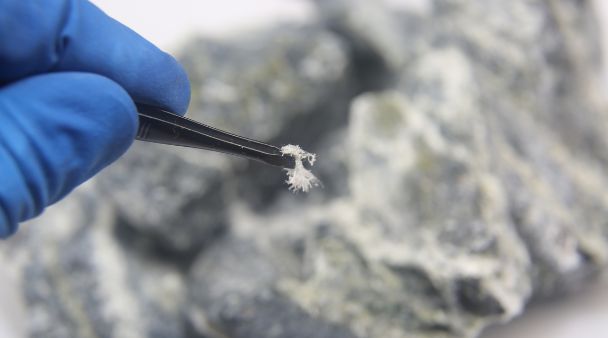
Another major distinguishing factor between the two with reoccurrence. The employment of appropriate measures in the removal of asbestos minimizes the risk of it returning. Mold, on the other hand, has a high chance of reappearing if it has not been fully cleaned or if the water leaks have not been properly repaired.
Both mold and asbestos have hazardous effects on your health. If you have reasons to believe that they may be present in your home, you should contact the experts at Markham Services to test for them as soon as possible.
Bottom Line
Close contact with mold and asbestos poses significant health risks. However, seeking professional help could help you deal with these substances quickly and minimize the adverse effects that they pose.
Markham Services is dedicated to detecting and preventing mold and other microbiological contaminants in your home or commercial building. As a result, we offer professional mold inspection, mold testing, and asbestos testing.
After you’ve removed the mold or asbestos, we will work with you to test and confirm that all contamination is gone. This will be presented in a detailed inspection report of the visual observations, moisture readings, and air quality samples.
Contact Markham Services today to book your home mold or asbestos inspection and testing. We’d be happy to speak to you about how we can help!
